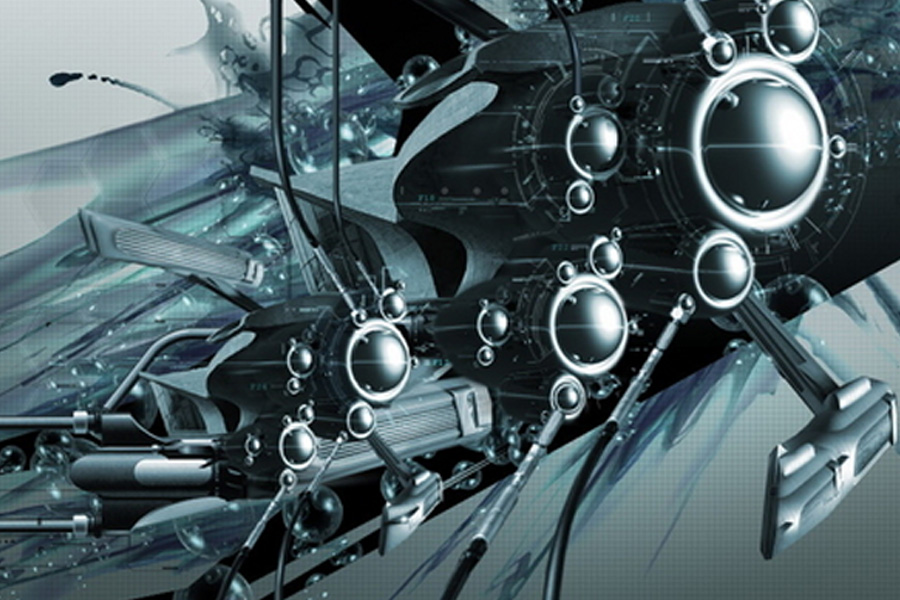Characteristics of investment casting castings:
Another advantage of the investment casting method is that it can cast complex castings of various alloys, especially high-temperature alloy castings. For example, the blade of a jet engine, its streamlined profile and cooling cavity, can hardly be formed by machining technology. Production with investment casting process can not only achieve mass production, ensure the consistency of castings, but also avoid the stress concentration of residual knife marks after machining.
The dimensional accuracy of investment castings is relatively high, generally up to CT4-6 (CT10~13 for sand casting and CT5~7 for die casting). Of course, due to the complex process of investment casting, there are many factors that affect the dimensional accuracy of castings, such as molds. The shrinkage of the material, the deformation of the investment mold, the linear change of the shell in the heating and cooling process, the shrinkage of the alloy and the deformation of the casting during the solidification process, so the dimensional accuracy of ordinary investment castings is high, but its Consistency still needs to be improved (the size consistency of castings with medium and high temperature waxes should be improved a lot).
When pressing the investment mold, the pressure type with high surface smoothness of the cavity is used, so the surface smoothness of the investment mold is relatively high. In addition, the shell is made of a refractory coating made of a special high-temperature resistant adhesive and refractory material, which is coated on the investment mold, and the inner surface of the cavity directly in contact with the molten metal has a high smoothness. Therefore, the surface finish of investment castings is higher than that of general castings, generally reaching Ra.1.6~3.2μm.
The biggest advantage of investment casting is that because investment castings have high dimensional accuracy and surface finish, they can reduce machining work, but leave a little machining allowance on the parts that require higher parts, and even some castings only Leave the grinding and polishing allowance, you can use it without machining. It can be seen that the use of investment casting method can greatly save machine tool equipment and processing man-hours, and greatly save metal raw materials.
When considering the following three aspects, the main basis is still the basic principles of the general casting process, especially when determining the process plan and process parameters (such as casting fillet, draft angle, machining allowance, process ribs, etc.). Except that the specific data is slightly different due to the process characteristics of investment casting, the design principle is exactly the same as that of sand casting.
Like general casting process design, the tasks of investment casting process design are:
- (1) Design the pouring system and determine the module structure.
- (2) Analyze the manufacturability of the casting structure.
- (3) Choose a reasonable process plan, determine the relevant casting process parameters, and draw a casting drawing on the basis of the above.
Characteristics of investment casting castings:
Another advantage of the investment casting method is that it can cast complex castings of various alloys, especially high-temperature alloy castings. For example, the blade of a jet engine, its streamlined outline and cooling cavity, can hardly be formed by machining technology. Production with investment casting process can not only achieve mass production, ensure the consistency of castings, but also avoid the stress concentration of residual knife marks after machining.
The dimensional accuracy of investment castings is relatively high, generally up to CT4-6 (CT10~13 for sand casting and CT5~7 for die casting). Of course, due to the complex process of investment casting, there are many factors that affect the dimensional accuracy of castings, such as molds. The shrinkage of the material, the deformation of the investment mold, the linear change of the shell in the heating and cooling process, the shrinkage of the alloy, and the deformation of the casting during the solidification process, so the dimensional accuracy of ordinary investment castings is relatively high, but its Consistency still needs to be improved (the size consistency of castings with medium and high temperature waxes should be improved a lot).
When pressing the investment mold, a pressure type with a high surface finish of the cavity is used, so the surface finish of the investment mold is also relatively high. In addition, the shell is made of a refractory coating made of a special high-temperature adhesive and a refractory material, coated on the investment mold, and the inner surface of the cavity directly in contact with the molten metal has a high smoothness. Therefore, the surface finish of investment castings is higher than that of general castings, generally reaching Ra.1.6~3.2μm.
The greater advantage of investment casting is that because investment castings have high dimensional accuracy and surface finish, machining work can be reduced, but only a small amount of machining allowance can be left on the parts with higher requirements, even some castings Only leave the grinding and polishing allowance, it can be used without machining. It can be seen that the use of investment casting method can greatly save machine tool equipment and processing man-hours, and greatly save metal raw materials.
